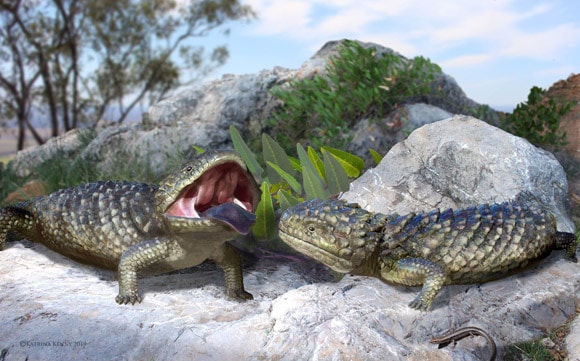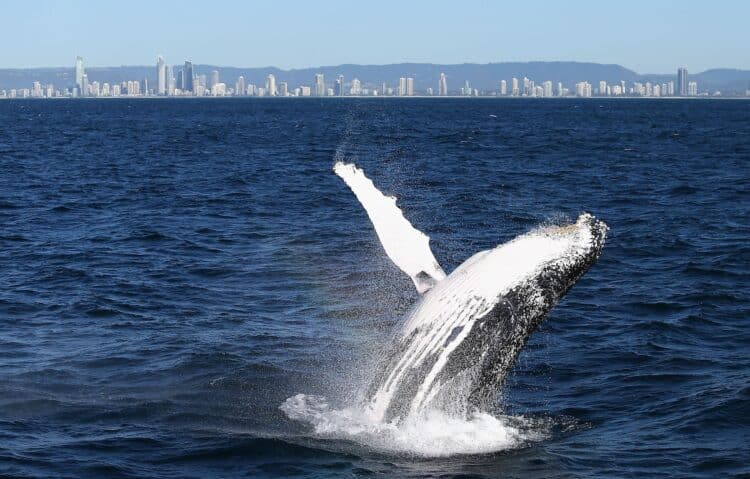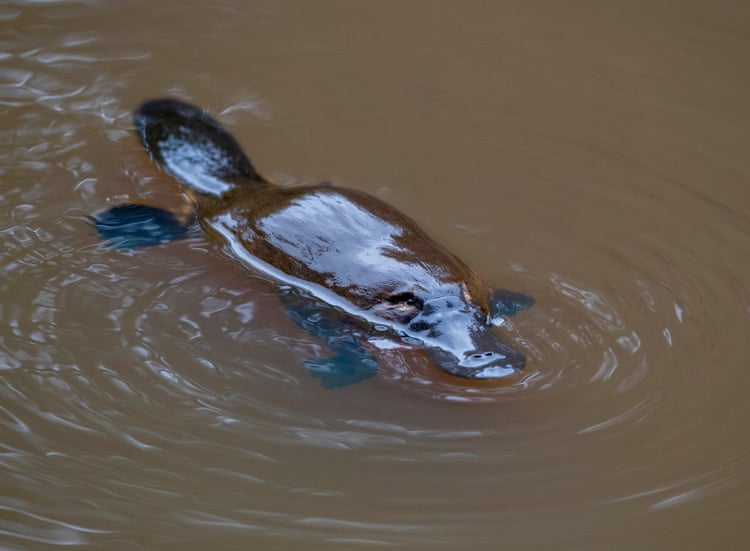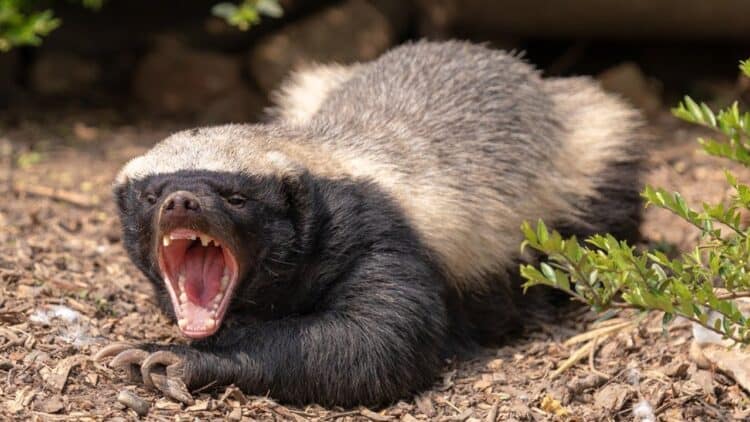There are more species of lizards and snakes alive today than any other order of land vertebrates, yet their fossil record has been poorly documented compared with other groups. Paleontologists have now described a new species of gigantic skink from the Pleistocene of Australia based on the fossilized material that includes much of the skull and postcranial skeleton.
Tiliqua frangens lived during the Pleistocene, alongside the famous megafauna such as marsupial lions, diprotodons and short-faced kangaroos.
At approximately 2.4 kg, the ancient species was more than double the mass of any living skink, with an exceptionally broad, deep skull, squat limbs and heavy, ornamented body armor.
It probably filled the armored herbivore niche that land tortoises, absent from Australia, occupy on other continents.
“Tiliqua frangens was 1,000 times bigger than the common Australian garden skinks (Lampropholis guichenoti), which weigh about 2 g, and has a unique chunky, spiked profile,” said Western Australian Museum paleontologist Kailah Thorn.
“It reveals that even small creatures were supersized during the Pleistocene.”
Tiliqua frangens was pieced together from bones unearthed from ongoing excavations at Wellington Caves in New South Wales and from fossils already held in museums around Australia.
“In the dig at Wellington Caves, we started finding these spiked armored plates that that had surprisingly never been recorded before,” said Flinders University paleontologist Diana Fusco.
“We knew we had something interesting and unique.”
Tiliqua frangens is believed to be related to the living shingleback or sleepy lizard (Tiliqua rugosa), but is even larger and more heavily armored.
“These large, slow armored lizards might have filled the ecological niche of small land tortoises, absent from modern Australia,” said Professor Michael Lee, a paleontologist at Flinders University and South Australian Museum.
The extinction of Tiliqua frangens coincides with the disappearance of the megafauna and suggests these end-Pleistocene extinctions were more extensive, affecting smaller creatures as well.
“Deciphering how Pleistocene animals adapted, migrated, or what eventually caused their extinctions might help us conserve today’s fauna, which faces pressures such as changing climate and habitat destruction,” Dr. Thorn said.
The discovery is reported in a paper in the Proceedings of the Royal Society of London B: Biological Sciences.
Citations:
Kailah M. Thorn et al. 2023. A giant armoured skink from Australia expands lizard morphospace and the scope of the Pleistocene extinctions. Proc. R. Soc. B 290 (2000): 20230704; doi: 10.1098/rspb.2023.0704
This article by Enrico de Lazaro was first published by Sci-News on 14 June 2023. Lead Image: Life reconstruction of Tiliqua frangens. Image credit: Katrina Kenny.
What you can do
Support ‘Fighting for Wildlife’ by donating as little as $1 – It only takes a minute. Thank you.
Fighting for Wildlife supports approved wildlife conservation organizations, which spend at least 80 percent of the money they raise on actual fieldwork, rather than administration and fundraising. When making a donation you can designate for which type of initiative it should be used – wildlife, oceans, forests or climate.







Leave a Reply